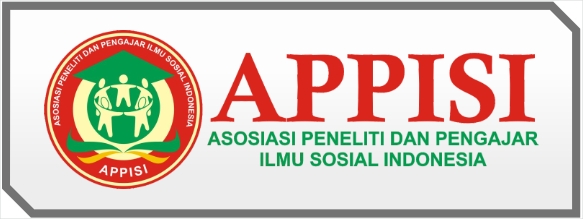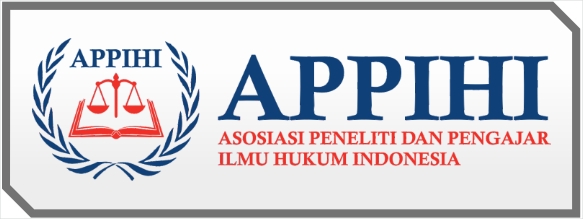Crime Victims in Indonesia's Criminal Justice System Based on The Criminal Procedure Law (KUHAP)
DOI:
https://doi.org/10.59581/jhsp-widyakarya.v1i3.539Keywords:
Victims of crime, Criminal Justice System, Criminal Code/ KUHAPAbstract
The purpose of this study is to examine how crime victims are treated by Indonesia's criminal justice system. This scientific study was written utilizing the normative legal research method, which employs a statutory approach (act approach). The study's findings demonstrate that Indonesia's criminal justice system, which is based on the Criminal Code (KUHAP), places an undue emphasis on offenders and minimal emphasis on victims. The absence of provisions in the Criminal Procedure Code that address the existence of victims of crime is one indication of this. As a result, the crime victim in this instance serves simply as a witness to establish the defendant's guilt in a court of law. In actuality, victims of crimes as much as criminals face the issue of justice and respect for human rights.
References
Ali, Z. (2021). Metode penelitian hukum. Sinar Grafika.
Arief, B. N. (2001). Masalah penegakan hukum dan kebijakan penanggulangan kejahatan. Citra Aditya Bakti.
Atmasasmita, R. (1996). Sistem Peradilan Pidana: Perspektif Eksistensialisme dan Abolisionisme. Eresco.
Budiman, H., & Adhyaksa, G. (2015). Implementasi Penerapan Undang-Undang Nomor 13 Tahun 2006 Tentang Perlindungan Saksi Dan Korban (Sudi Di Polres Kuningan). UNIFIKASI: Jurnal Ilmu Hukum, 2(1).
Hamzah, A. (1986). Perlindungan Hak-Hak Asasi Manusia dalam Kitab Undang-Undang Hukum Acara Pidana. In (No Title).
Hasibuan, S., Pramono, B., Abra, E. H., & Fadjriani, L. (2022). Analisis Yuridis Terhadap Perlindungan Hukum Bagi Saksi Dalam Tindak Pidana Menurut Undang-Undang Nomor 13 Tahun 2006 Tentang Perlindungan Saksi Dan Korban. Jurnal Ilmiah Hukum, 1(1), 44–55.
Kuncoro, S., Hindiyani, N., Wijaya, L. A., Cahyati, G. D., & Njoto, H. (2020). Tinjauan Peradilan Perlindungan Hukum Terhadap Korban Dalam Perspektif Uu No. 13 Tahun 2006 Tentang Perlindungan Saksi Dan Korban. Transparansi Hukum, 3(2).
Mansur, D. M. A., & Gultom, E. (2007). Urgensi perlindungan korban kejahatan: antara norma dan realita. Divisi Buku Perguruan Tinggi, RajaGrafindo Persada.
Marzuki, M. (2017). Penelitian Hukum: Edisi Revisi. Prenada Media.
Marzuki, P. M., & Sh, M. S. (2020). Teori Hukum. Prenada Media.
Purwanto, M. B. (2023). Professional Growth And Staff Development (How To Encourage Employees To Pursue Professional Development. International Journal of Technology and Education Research, 1(01), 153–165. https://doi.org/10.99075/ijeter/issue/view/11.v1i01.260
Rahayu, D. P., SH, M., & Ke, S. (2020). Metode Penelitian Hukum. Yogyakarta: Thafa Media.
Sahetapy, J. E. (1987). Viktimologi: sebuah bunga rampai. Pustaka Sinar Harapan.
Sari, S. L. (2016). Eksistensi Hukum Korban Tindak Pidana Dalam Sistem Peradilan Pidana Di Indonesia. JURNAL INOVASI, 149.
Setiono, E., & Njoto, H. (2022). Judicial Review Of Legal Protection Against Victims In The Perspective Of Law No. 13 Of 2006 Concerning Protection Of Witnesses And Victims. Dinamika Hukum & Masyarakat, 5(1).
Suradi, S. (2019). Perlindungan Hukum Terhadap Saksi Pelapor Dalam Tindak Pidana Korupsi Dikaitkan Dengan Undang-Undang Nomor 13 Tahun 2006 Tentang Perlindungan Saksi Dan Korban.
Downloads
Published
How to Cite
Issue
Section
License
Copyright (c) 2023 Santriana Santriana, Desi Anisah, Satria Indra Kesuma

This work is licensed under a Creative Commons Attribution-ShareAlike 4.0 International License.













